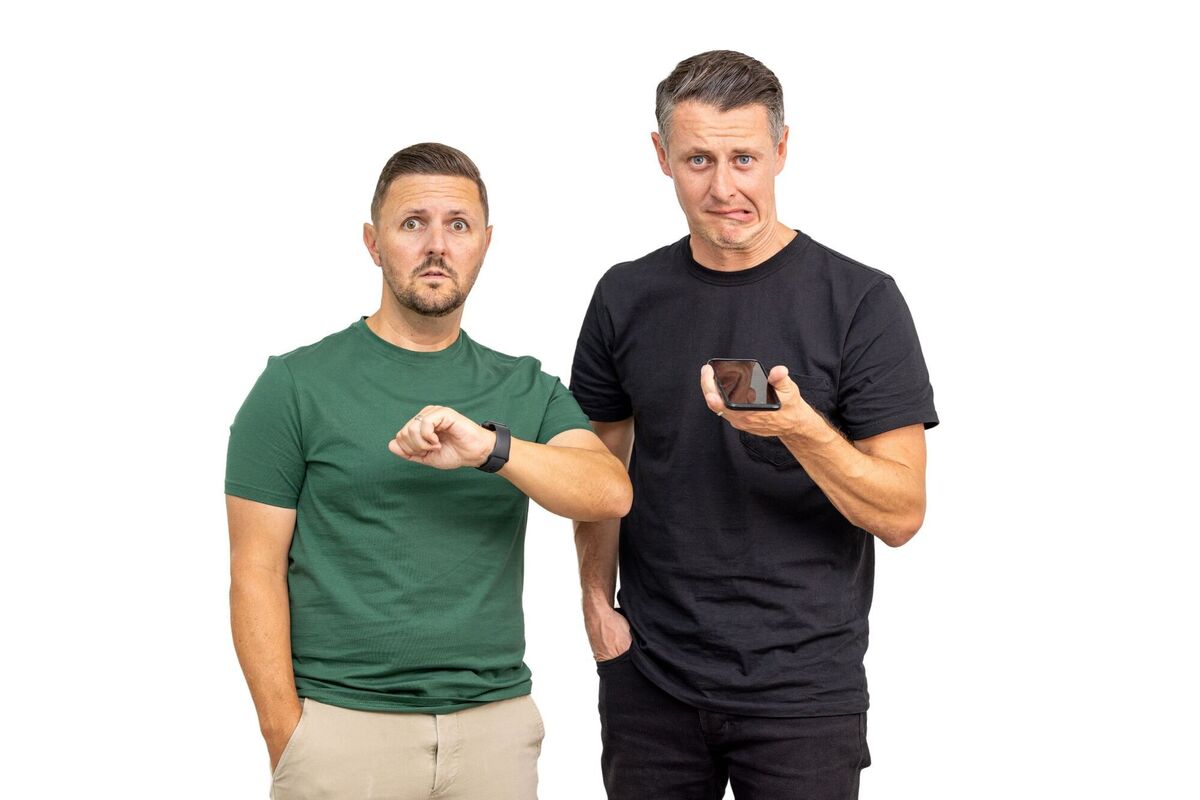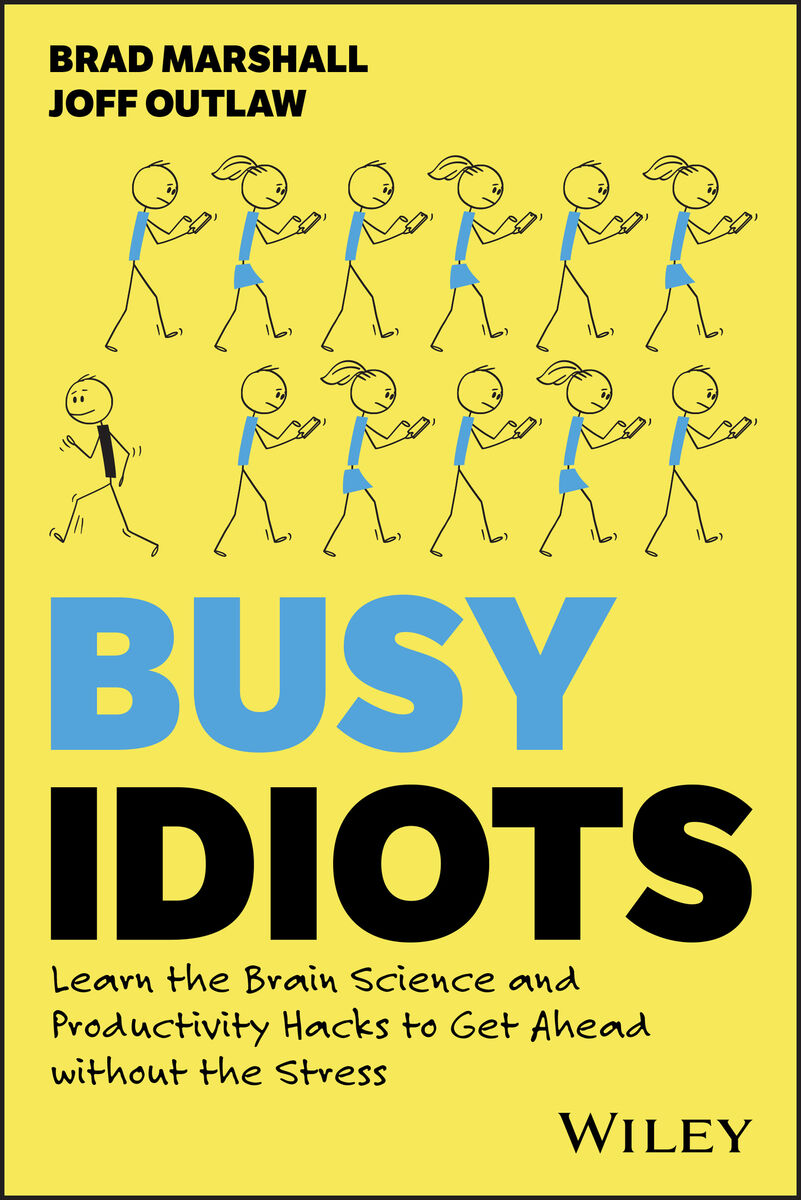Workplace Wellbeing: Why you shouldn't allow yourself to be a busy fool at work

Busyness may have consequences for our health. Not having time for meaningful work undermines job satisfaction, which a 2021 study, based on data from 177,395 US workers, found was a significant predictor of wellbeing.

The book is for people who feel like they are on an endless treadmill, struggling to keep up, but going nowhere fast. Its authors urge us to swap reactive busyness for proactive productivity. They outline how by allocating our time and energy, we can get our most important tasks done on schedule and to a high standard.
However, we’re not powerless against it, which brings us to the third step: Personal technology audit.

If you find it difficult to say no, try the book’s advice to “marry a can’t with a can”.

Celebrating 25 years of health and wellbeing





